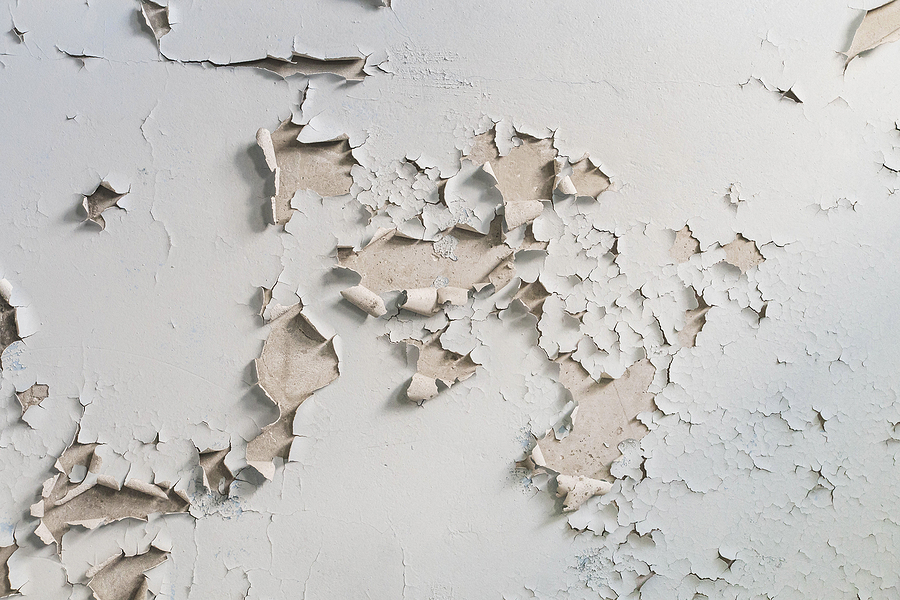Painting Light and Shadow from a Photo: A Photographer's Guide
Introduction to Painting Light and Shadow from a Photo
Professional photographers often rely on their keen sense of observation to capture stunning visuals. Yet, there is an emerging artful approach that enhances this visual brilliance: painting light and shadow from a photo. By morphing your photography skills into painting prowess, you not only extend your creative horizons but open up a floodgate of expressive possibilities. In this article, you will discover how to transform your photos by painting light and shadow, adding depth and a charming glow to ignite the imagination.

Why Delve into Light and Shadow Painting?
The synergy between photography and painting lies in the magic of capturing intricate details. Light and shadow are fundamental elements that define mood, emotion, and realism in any visual art. While photography allows you to capture these elements instantaneously, painting them offers an opportunity to explore light and shadow in a multidimensional way, crafting a unique storyline in every piece.
Photographers, by adapting light and shadow painting techniques from a photo, can create images that reflect personal expression, moving beyond the confinements of the lens frame. This art form bridges the gap between what is seen through the camera and what you desire to communicate with your audience.
Essential Techniques for Painting Light and Shadow
Observing the Source Photograph
Begin by selecting a photograph that naturally highlights dramatic interplay between light and shadow. Consider the angles, the softness or harshness of shadows, and how light moves across the frame.
Crucially, photographers should ask themselves: What is the focal point of the light? Which areas demand shadow or light emphasis for enhanced emotion? The answers form the blueprint for your painting.
For ideas on selecting subjects, explore this [resource](https://photo4art.com/blogs/our-all-posts/abstract-photo-based-painting-ideas).
Translating Rhythm and Movement
Photography captures a static moment, but painting visibly conveys rhythm. Select a color palette that captures the essence of your photo. Opt for dynamic strokes to introduce a dance between shadow and light, translating what was previously static into a breathtaking visual odyssey.
For a deeper philosophical approach, the notion of rhythm in paintings can be extensively studied in how professionals express [emotional expression](https://photo4art.com/blogs/our-all-posts/emotional-expression-in-photo-based-paintings) through art.
Blending Techniques for Realism
Achieving realism is crucial. Manual blending using versatile brushes can simulate the full spectrum from softly blended edges to stark contrasts and add textural depth. Tool options are vast, from traditional to digital mediums.
Get inspired by artist perspectives on this subject in [famous photo-based paintings](https://photo4art.com/blogs/our-all-posts/famous-photo-based-painting-artists).
Digital vs. Traditional: Approaches to Exploring Artistry
Traditional Painting Methods
The tactile experience of traditional painting connects deeply with the painter's intuition. It involves layer upon layer of paint, allowing the artist to weave nuances into each stroke, encapsulating a unique perceptual experience. Delve into diverse methodologies for using brushes and paints for a tangible feel of the art surface.
Digital Painting Techniques
On the other hand, technology offers tools like tablets and software that allow more flexibility and experimentation, providing endless possibilities for adjustment and variation in lighting and shading effects. This form beautifully complements modern-day photographic innovation.
Simplify the transition with helpful insights from [painting from a picture](https://artstudiolife.com/painting-from-a-picture/).

Understanding Color Theory and Composition
Color theory enhances both traditional and digital paintings, offering knowledgeable use of hues to conjure the emotional undertones and themes present in the original photograph. A meticulous understanding of how colors influence perception reinforces a painting's appeal.
For a comprehensive dive into this aspect, peruse [color theory](https://photo4art.com/blogs/our-all-posts/photo-based-painting-color-theory) related coordination in photography-based art.
FAQs on Optimizing Light and Shadow Artistry
Why is studying light and shadow important for photographers?
Mastering light and shadow creates more compelling pieces, adding depth and vibrancy. It enriches storytelling in visual arts.
How can digital tools aid in improving shadow painting skills?
Digital platforms offer adjustable features for shadow nuances, allowing for experimental techniques and broad creative expression.
Are there further resources to refine painting techniques?
Yes, exploring platforms like [PicsArt Photo Effects](https://picsart.com/photo-effects/photo-into-art/) can equip photographers with essential digital techniques.

